Вы здесь
Delta of Syrdarya River.
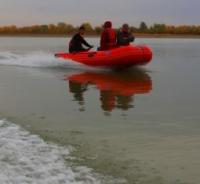
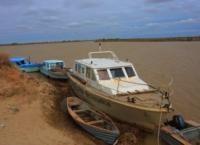
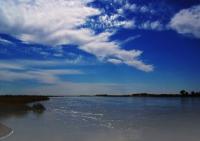


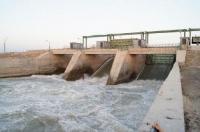
Go sightseeing to Aral Sea.
“The creation of a thousand forests is in one acorn”
Ralph Waldo Emerson.
Traveler attraction on Aral Sea in Kazakhstan.
In 1920 - 1930, water use in the Syrdarya basin didn’t significantly affect the environment. During that period the hydrologic regime of the rivers was close to natural, the hydrographic net was not broken, the quantitative characteristics and the qualitative composition of the water flows in the zones of origination and dispersion of the flows didn’t break the natural conditions of reproduction of the basin water-soil resources.
The water flow, having an ability to renew and self-purify, supported the natural complexes of the basin. During those years, the whole Syrdarya River was a source of drinking water, mineralization of the river water in the midstream was not higher than 0.2 - 0.3 g/l, and in the downstream - 0.4 - 0.5 g/l.
Before intensive development of irrigation began, the delta of the Syrdarya River received 4 - 5 km3 of water per year. The natural- use complex, consisting of lakes, hayfields, tugai forests, and water-marshes, was developed normally and was a source of vegetable and wild animal life.
Water supply to the lake systems and irrigated hayfields was carried out through natural drops, canals and channels. The period since 1960 and up till now (2000) can be characterized as a period of active anthropogenic influence on the basin.
The main reason of the loss of renewal abilities of the rivers during this period is the increase in consumptive water use, leading to a breakdown of the normal regimes of the natural complexes. During this period, filling of the delta with water decreased significantly, which has lead to its desertification and degradation.
During the period of 1976-90, the average inflow of water to the delta was less than 850 mln.m , during specific years the delta received less than 500 mln.m . The flow below Kazalinsk has decreased, and the levels of water in the river did not allow filling of lakes and hayfields in the delta.
With the lowering of the the Aral Sea, the erosion basis decreased, which used to make the river beds deeper. To clearly see the role of the Syrdarya in the supply of river water to the the Aral Sea, consider the whole available set of inflow data (since 1912 to 1993 - hydropost Kazalinsk, since 1993 - hydropost Karateren) and evaluate which direction the dynamics of the flows to the sea changed during that period.
The main hydro-technical constructions in the Syrdarya basin were carried out from the 1930’s to the early 1960’s, leading to an increase in regulation of the flow up to 93 - 94%, consequently the degree of use of the river flow increased, and the amount of water coming to the the Aral Sea decreased.
This can be seen easily and clearly in the figures: since 1912 until approximately the middle 1930’s, the inflow to the sea was significantly decreased only during low-water years (1917 - 1918, 1923, 1927), being on average between 14 - 20 km3, decreasing during low-water years to 9 - 11 km3, and increasing during high- water years up to 22 km ;
after the middle 1930’s, the inflow to the sea began to decrease slightly, but it became obvious only in the late 1950’s, when the level of hydro-constructions were at their maximum and the river flow became almost totally regulated;
the most clear evidence of the influence of the river flow regulation (used primarily for agricultural irrigation) on inflow to the sea is the significant decrease of inflow to the Aral Sea in 1965 when Chardara reservoir was introduced and in 1974 after the introduction of Toktogul reservoir.
that is why the decade average flow decreased, especially in the 1960’s, and appeared below 10 km3 for the first time, then in the 1970’s it decreased down to 3 km3, and in the 1980’s it decreased down to the lowest level of 2.29 km ;
this was the beginning of operation of the BVO Syrdarya for the analysis of data sets from the hydropost registering inflow to the the Aral Sea, ten years is not a significant or retrospective period, but the tendencies can be seen even in the last ten years;
for the first time a decrease in the inflow to the sea was not registered (as it was during the whole of the XX-th century), but an increase by more than two times: 2.29 - 5.4 km3.
During the last high-water years (1991 - 2000) the flow at Kazalinsk increased, and the renewal processes of the delta improved.
That is to say: during the last years, humanity has taken over the regulating functions in the downstream areas which were fulfilled by nature before, while water use for production and irrigation has somewhat decreased, water supply to the economic-ecological objects increased. At the same time, the chance of filling the economic- ecological objects (old river beds, lowlands, lakes, which are places where vegetation is growing, animals and birds live, cattle drink, hayfields and fisheries appear, and oases for the population are located) remains at a low level, because it largely depends on the amount of water in the river, and is related to significant losses.
Understanding the increase in environmental requirements during the last few years, especially after the beginning of operation of the ICWC in 1992, helped to increase the water supply to the natural complex and the Aral Sea.
During the last few years, the water supply to these users was estimated as the following (km /year).
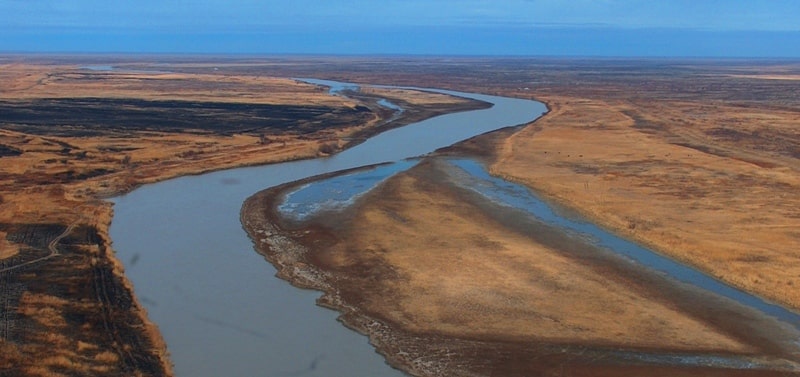
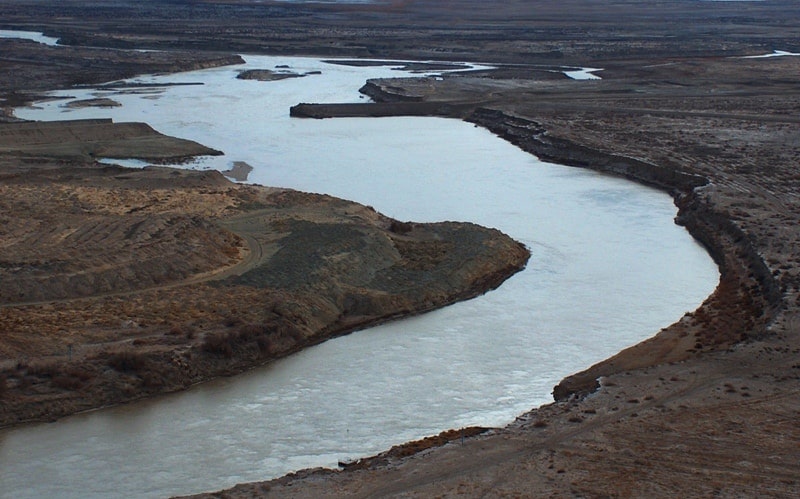
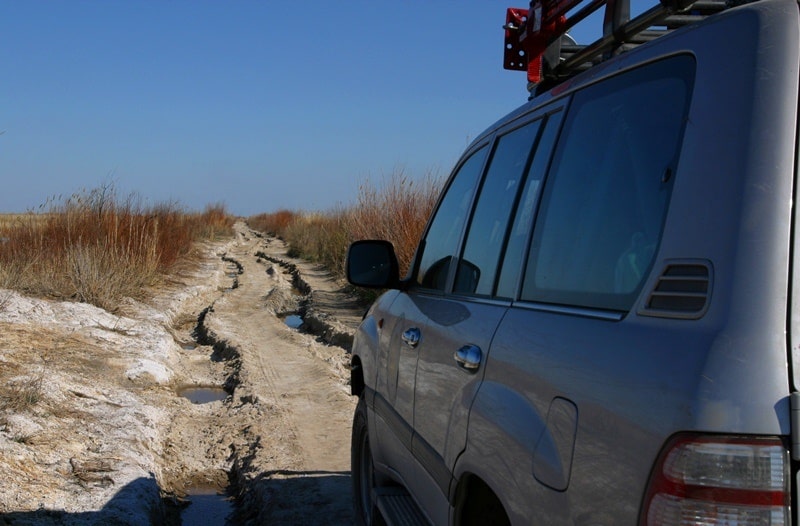
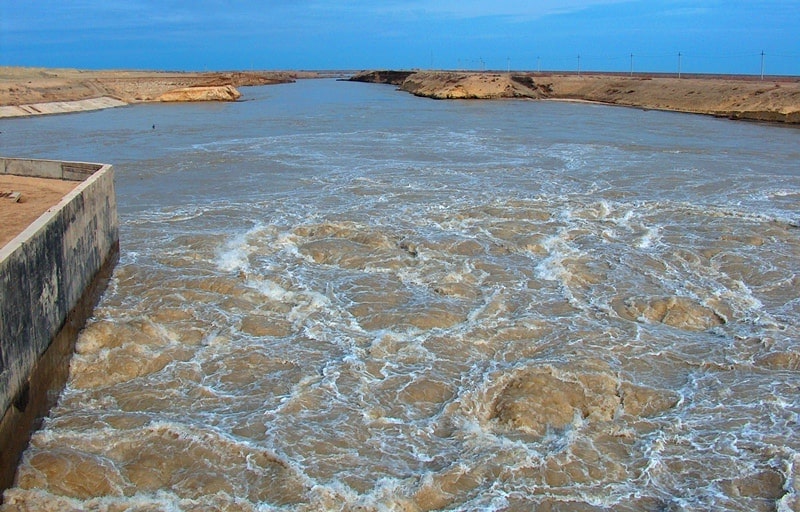

Authority:
http://www.ce.utexas.edu/prof/mckinney/papers/aral/00-06-w/00-06-W_eng/Vol-1/Chapter%201.pdf
Photos
Alexander Petrov.







